**5 Powerful Constraint Strategies to Boost Focus and Skyrocket Your Productivity Instantly**
Boost productivity with 5 powerful constraints: resource scarcity, project containers, decision thresholds & more. Transform chaos into focus. Start today!

How to Master Any Skill 3x Faster Using Cognitive Apprenticeship Methods
Learn cognitive apprenticeship methods to master new skills in weeks, not years. Discover 5 proven techniques from modeling experts to self-monitoring. Transform your learning today.
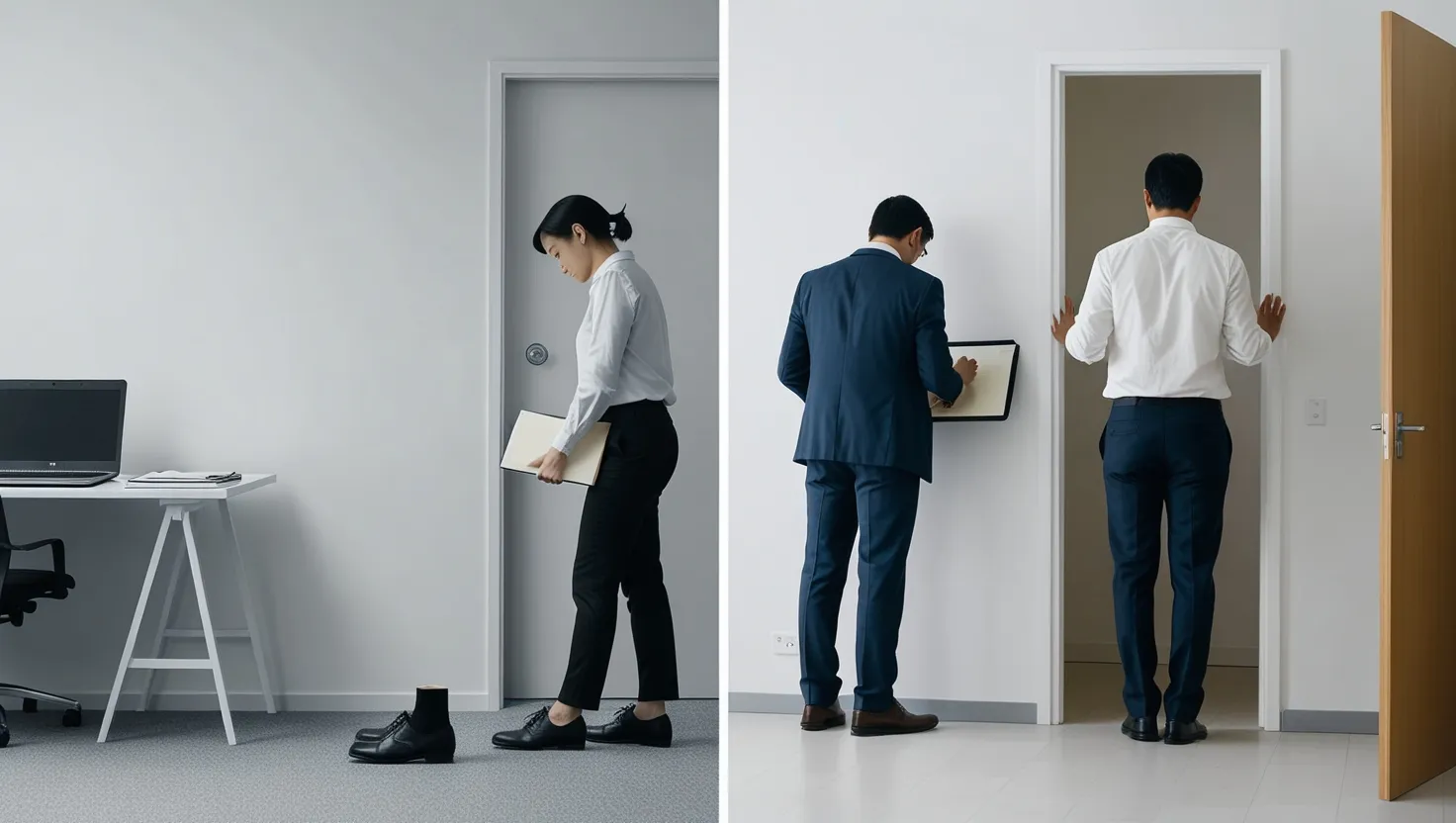
**5 Simple Tricks to Create Real Work-Life Boundaries That Actually Stick**
Master 5 simple work-life boundary techniques that instantly separate professional and personal time. Learn practical rituals, digital gatekeeping, and mental unloading tricks that prevent burnout and boost focus. Start building better boundaries today.
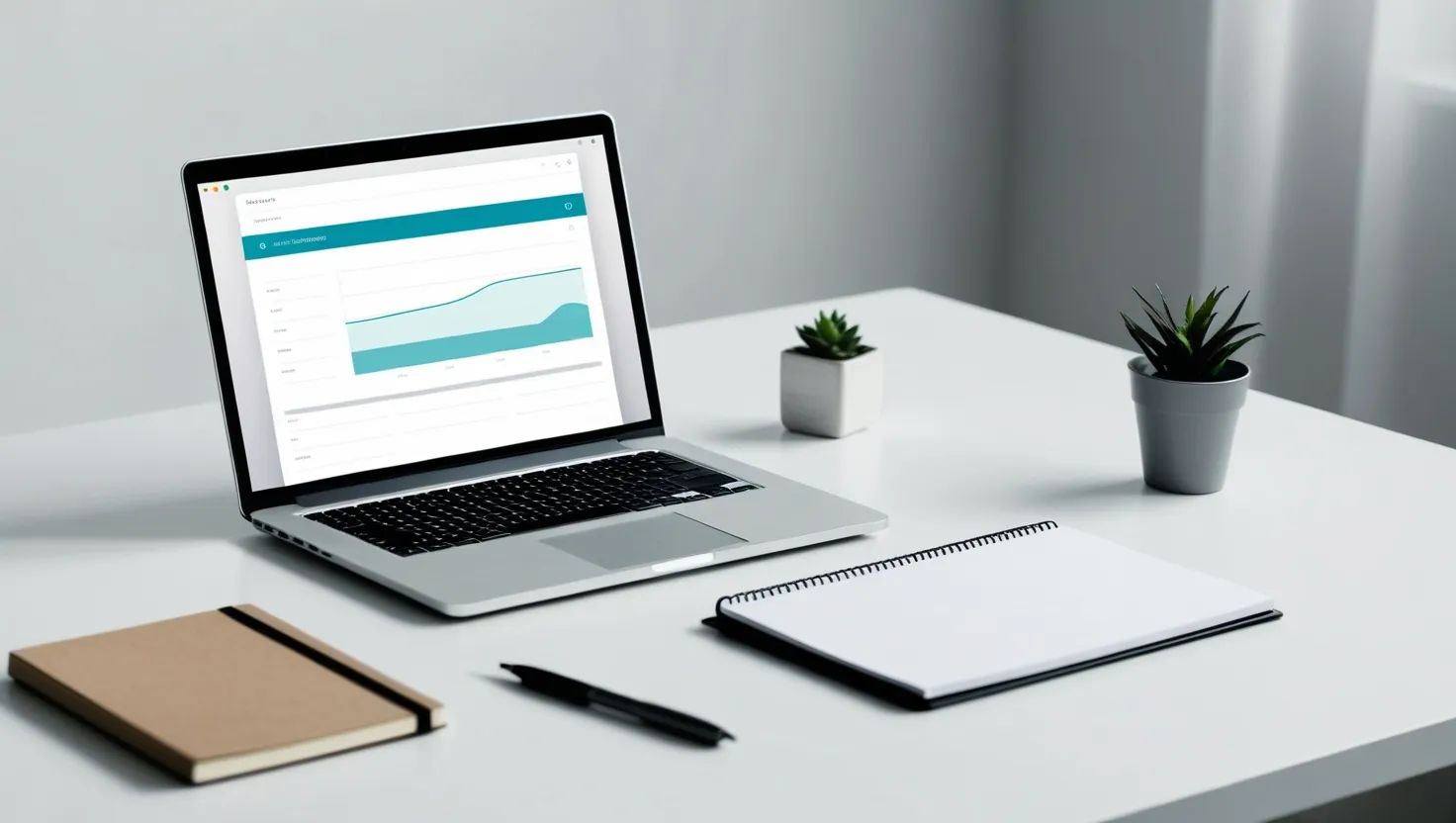
From 5 Scattered Apps to 1 Seamless Workflow: The Tool Audit That Changes Everything
Transform scattered apps into one calm, predictable workflow with 5 practical techniques. Learn tool auditing, hub creation, and system optimization to boost productivity. Start organizing today.
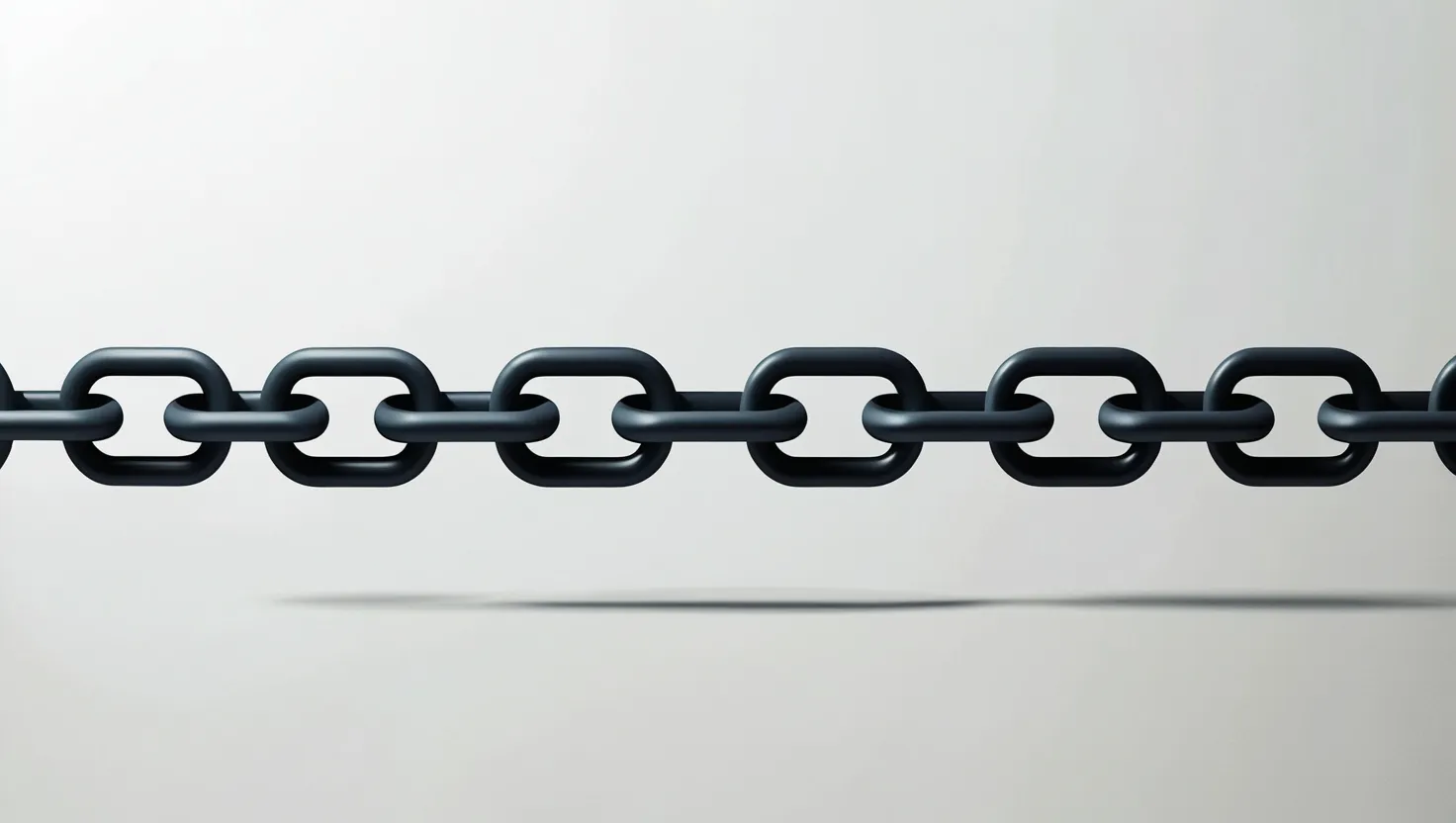
**How to Boost Productivity with Habit Stacking: Small Changes for Lasting Results**
Discover habit stacking: the brain science behind building productive routines effortlessly. Learn to attach new behaviors to existing habits for lasting change without willpower.
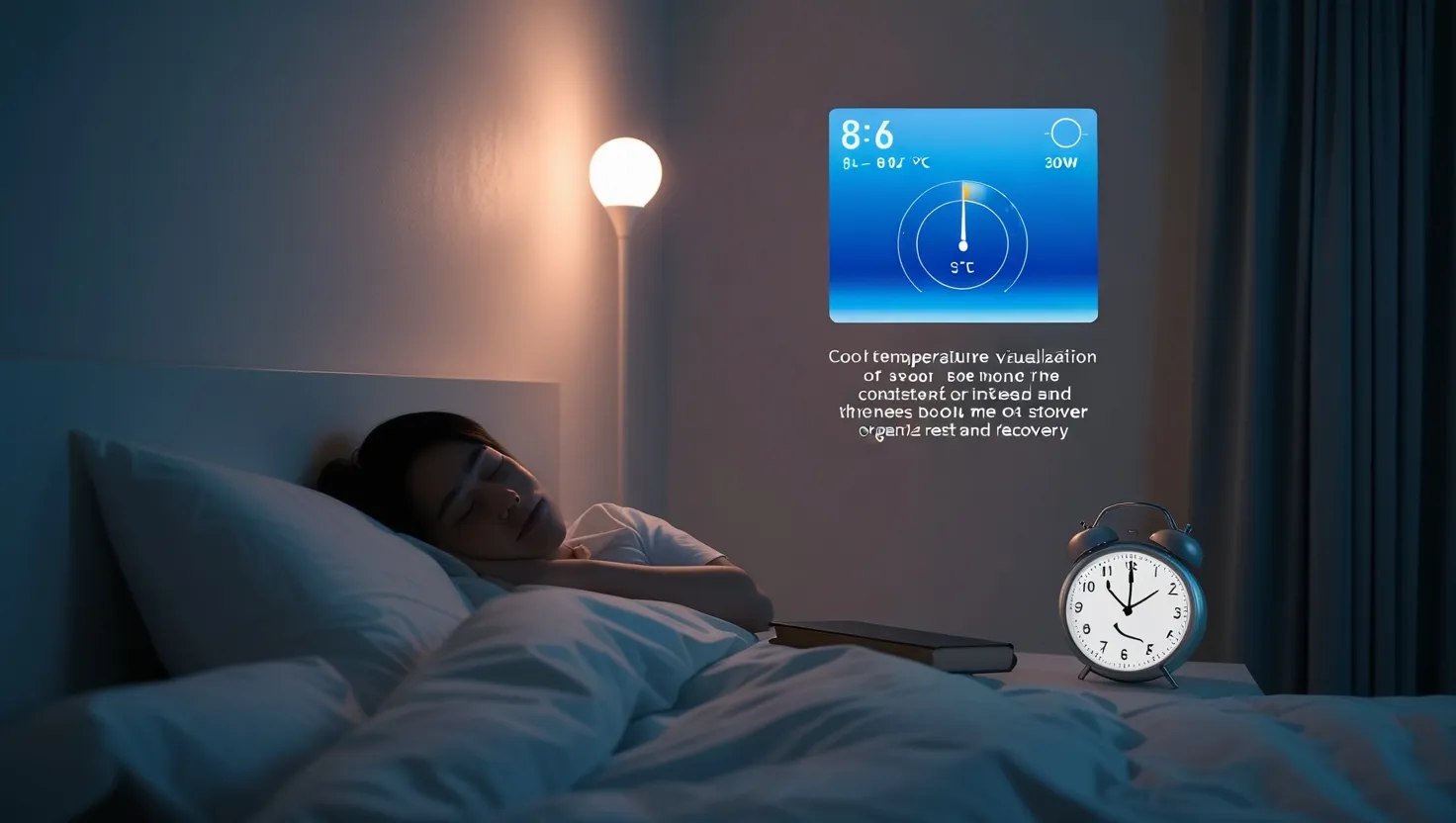
7 Simple Sleep Tweaks That Transform Your Daily Performance and Memory
Discover simple sleep tweaks to boost daily performance, memory, and happiness. Learn circadian rhythm optimization, screen-free routines, and bedroom setup for better rest. Transform your sleep tonight.
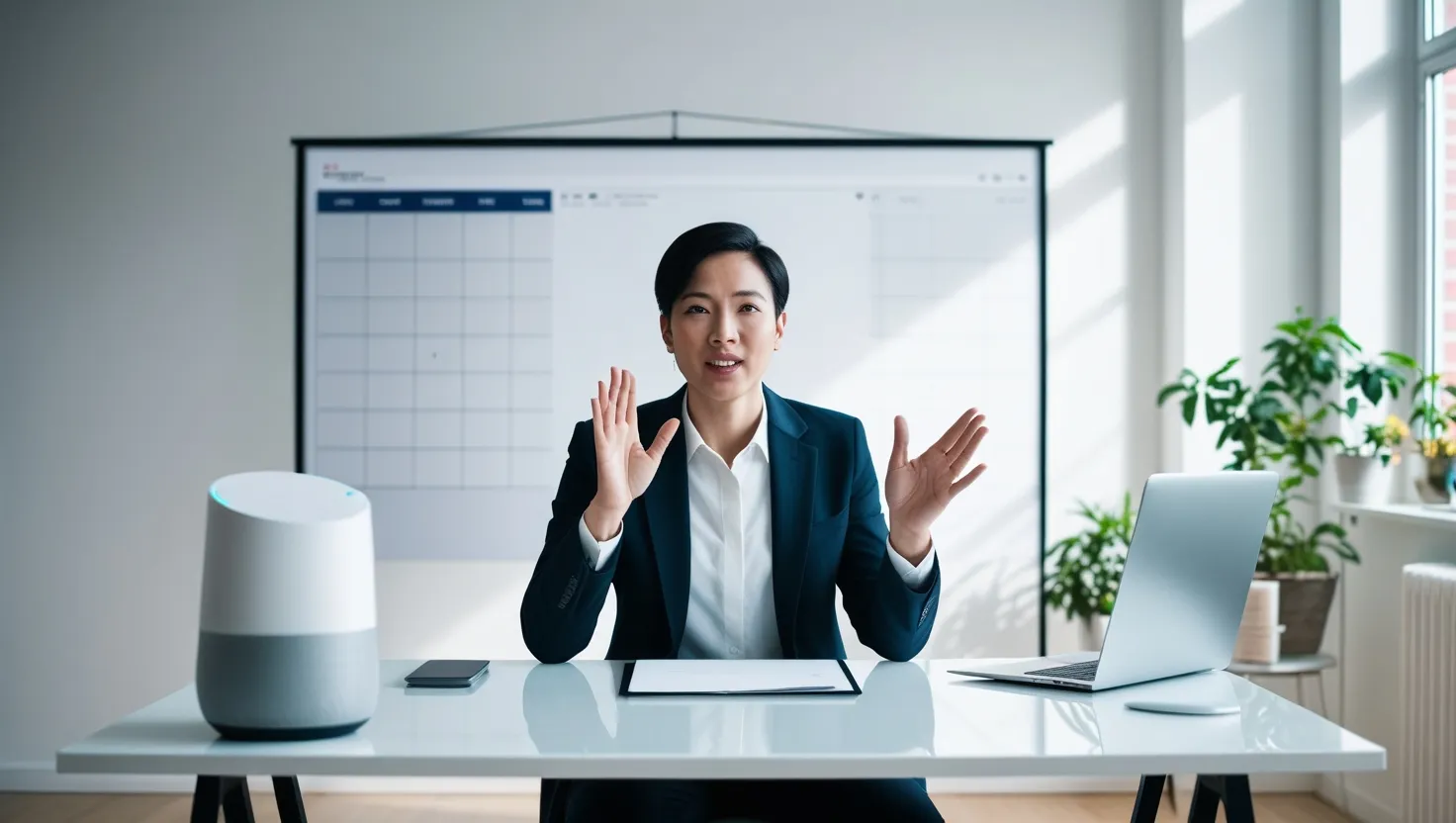
Voice Command Integration for Workplace Productivity: Transform Your Work with Simple Voice Commands
Discover how voice command integration transforms workplace productivity by streamlining tasks like scheduling, note-taking, and smart controls. Save time daily with hands-free efficiency. Try voice tech now.

5 Science-Backed Tricks to Make Work Hours Feel Longer and More Productive
Learn 5 science-backed techniques to make work time feel richer and deadlines less overwhelming. Discover how to shift your internal clock for better productivity.
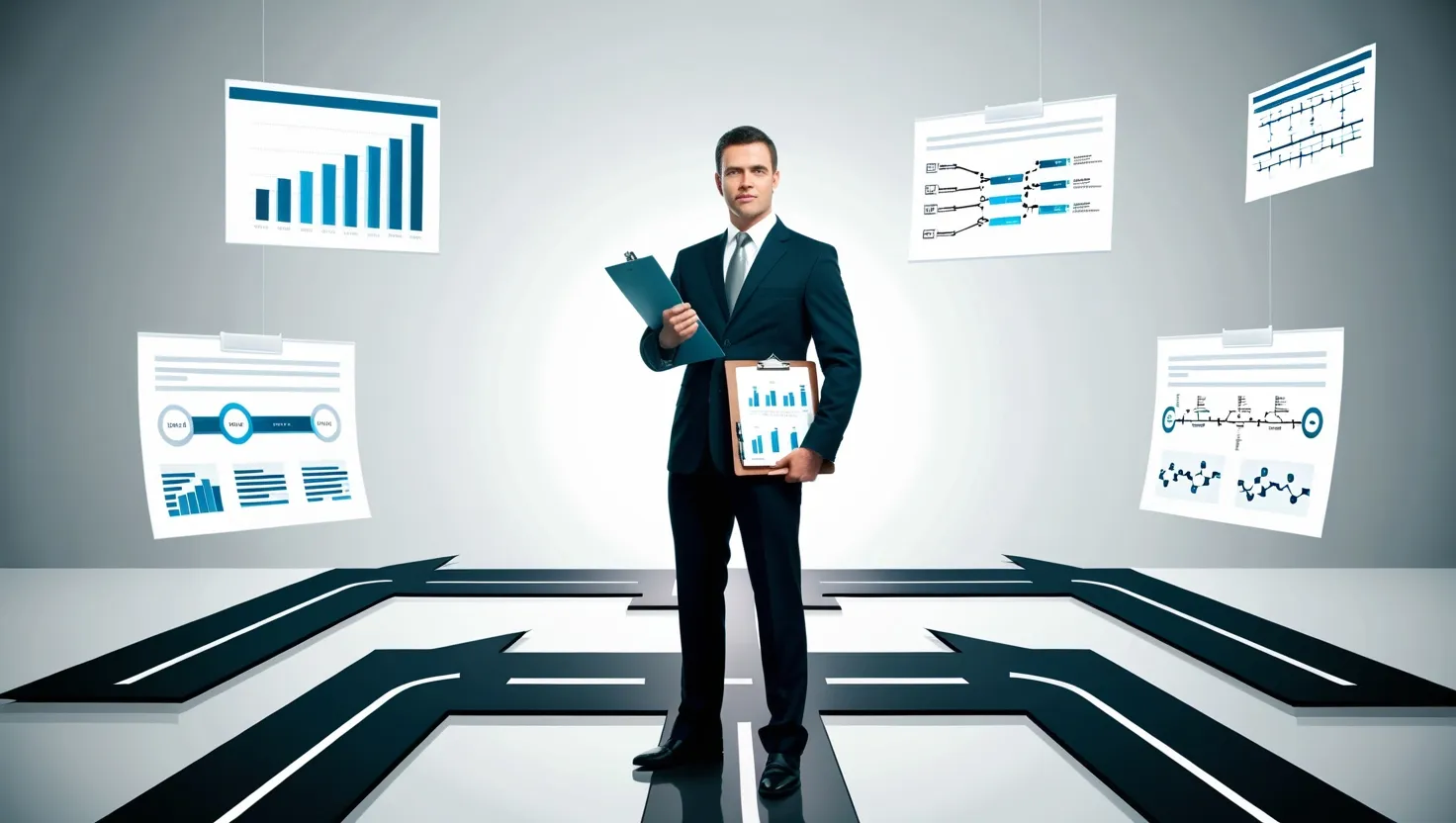
**5 Proven Decision-Making Frameworks That Transform Business Leaders Into Strategic Powerhouses**
Learn 5 proven decision-making frameworks that top leaders use to navigate complex choices with confidence. Transform analysis paralysis into strategic action. Start deciding smarter today.
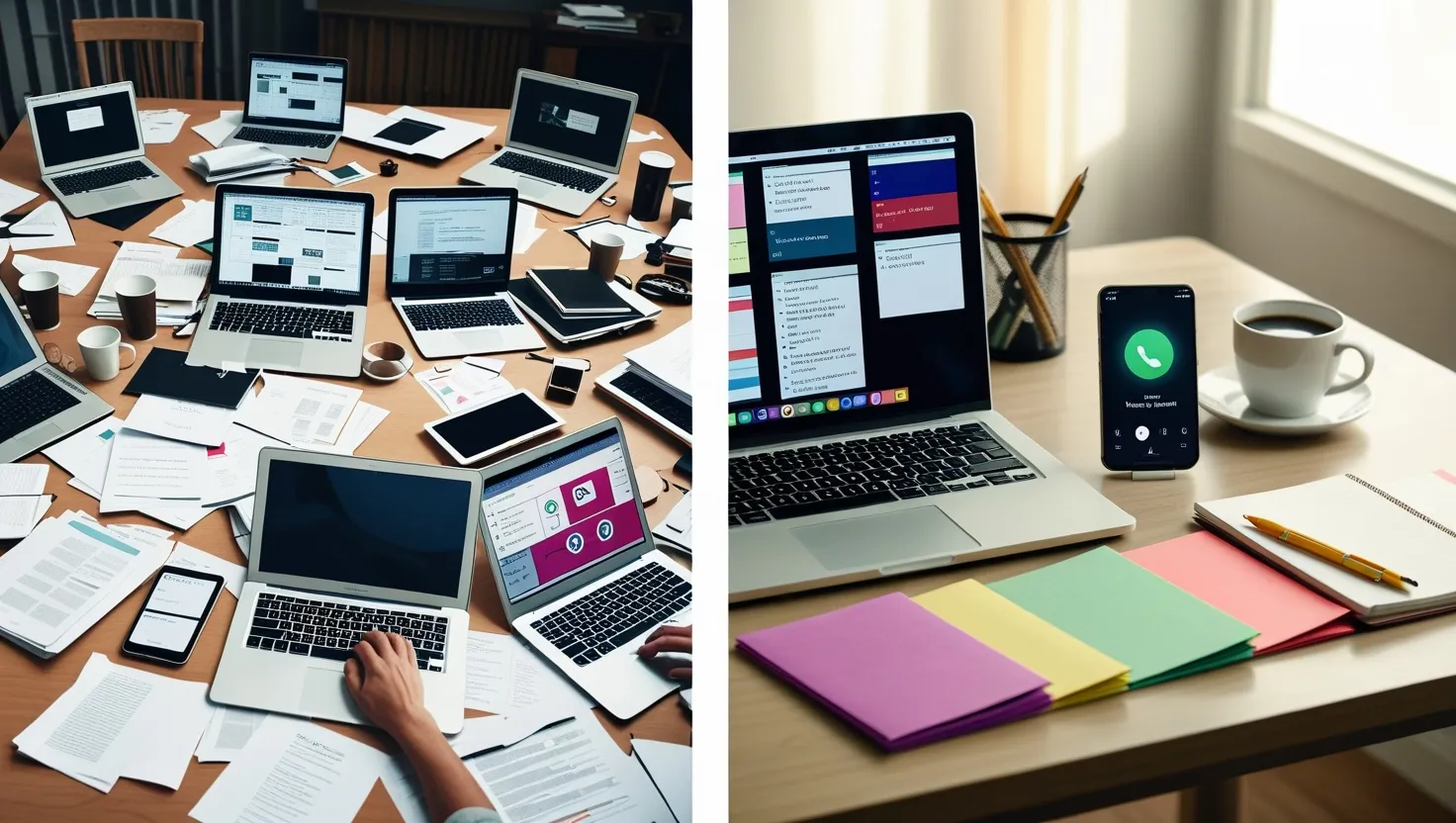
How to Recover from Work Interruptions: 5 Context Preservation Systems That Save Time
Master context preservation systems to reduce interruption recovery time from 15 minutes to seconds. Learn 5 proven techniques including audio breadcrumbs, visual anchoring, and digital snapshots that transform how you handle workplace distractions.
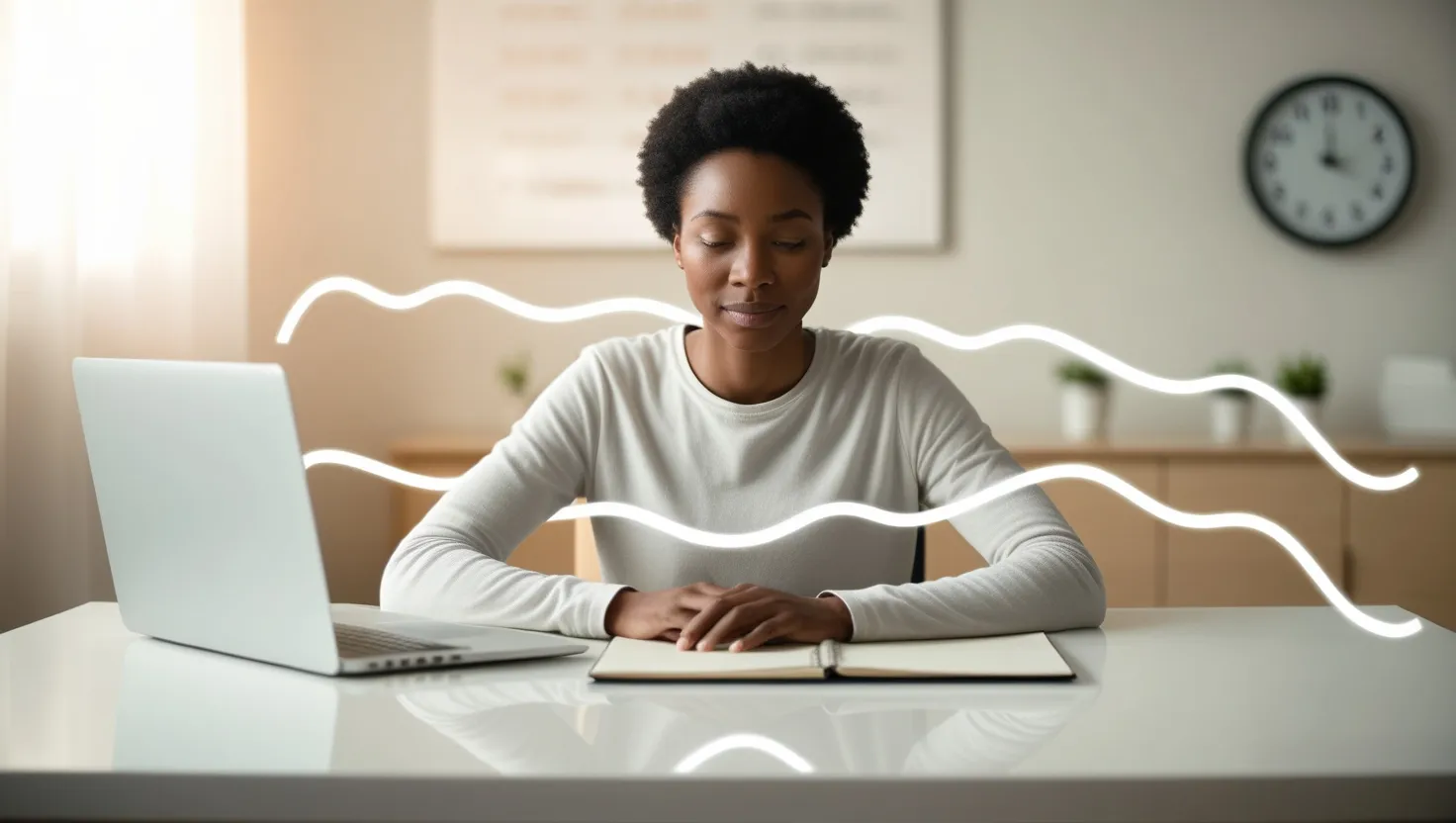
**Master Your Focus: How Ultradian Rhythms Transform Daily Productivity and Energy Levels**
Discover how ultradian rhythm work blocks can transform your productivity. Learn to align your schedule with natural 90-120 minute focus cycles for sustained energy and better results.
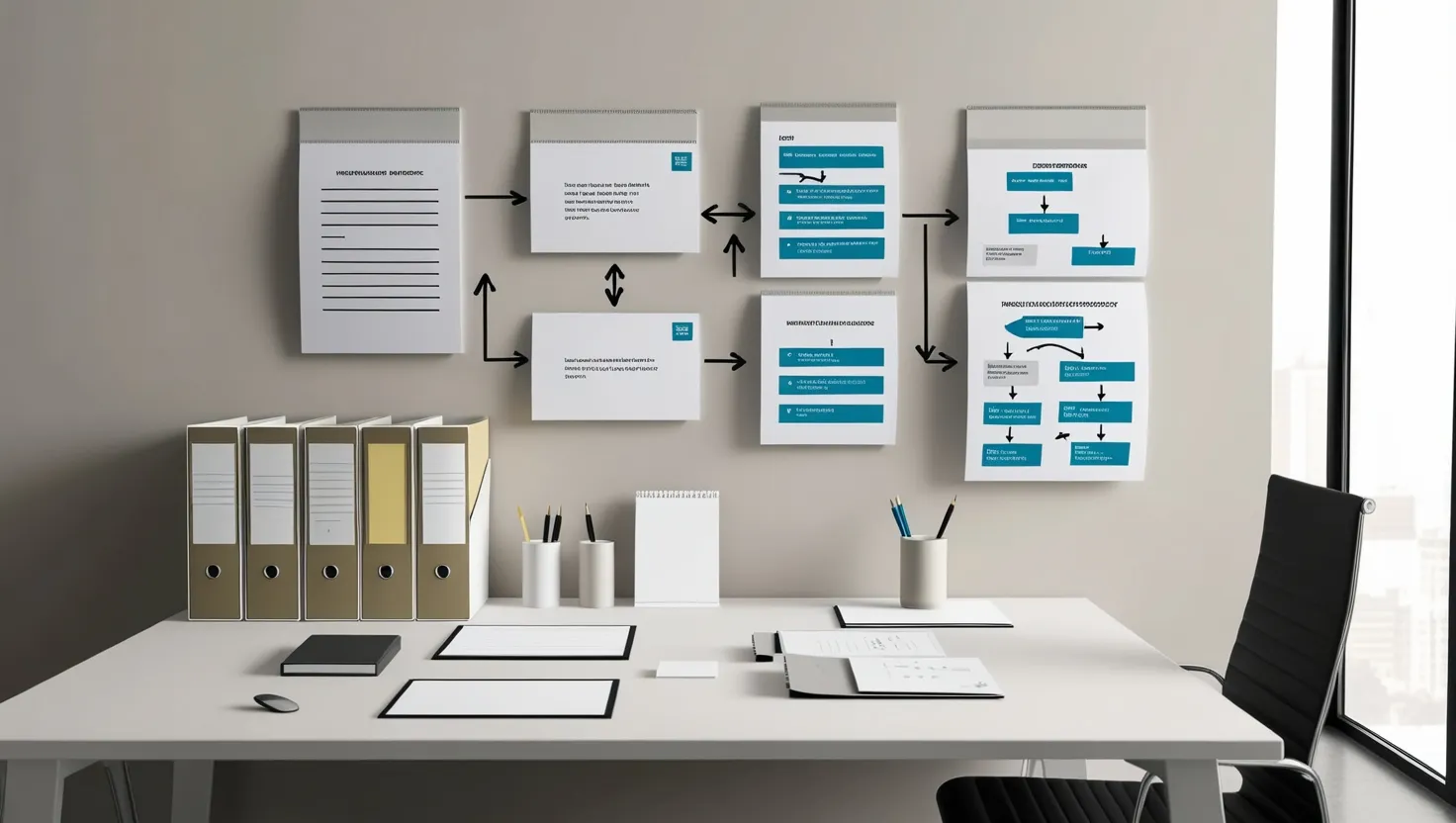
**5 Proven Frameworks That Transform Information Overload Into Daily Productivity Wins**
Transform information chaos into actionable intelligence with 5 proven frameworks. Stop searching, start delivering. Learn centralized input, processing checkpoints, and retrieval triggers that save hours weekly. Convert data into decisions.
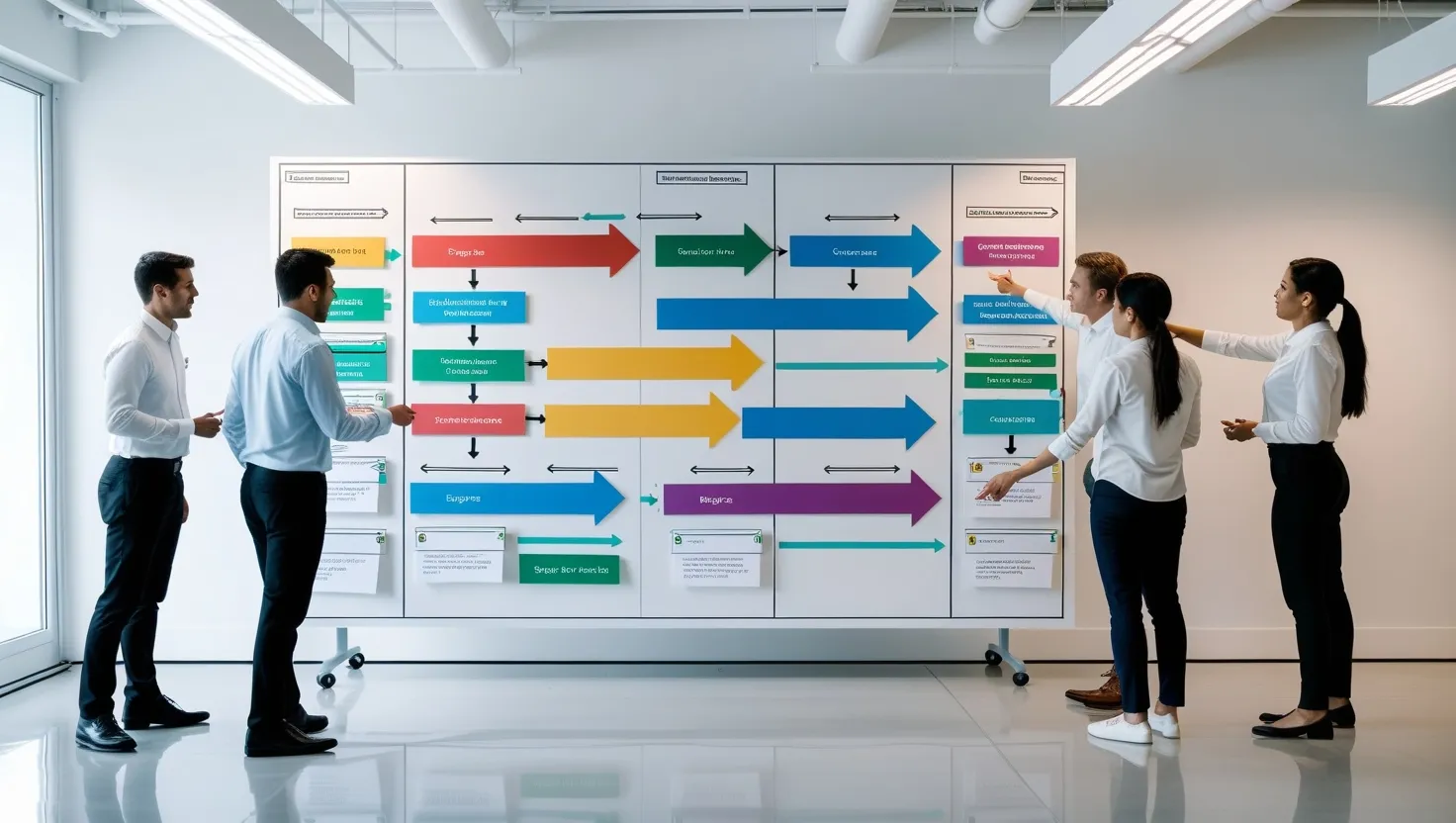
7 Unconventional Team Alignment Tactics That Cut Project Time in Half
Discover 5 proven team alignment tactics that cut project delays by 50%. Learn visual workflow mapping, standardized handoffs & priority filters to boost team efficiency fast.
